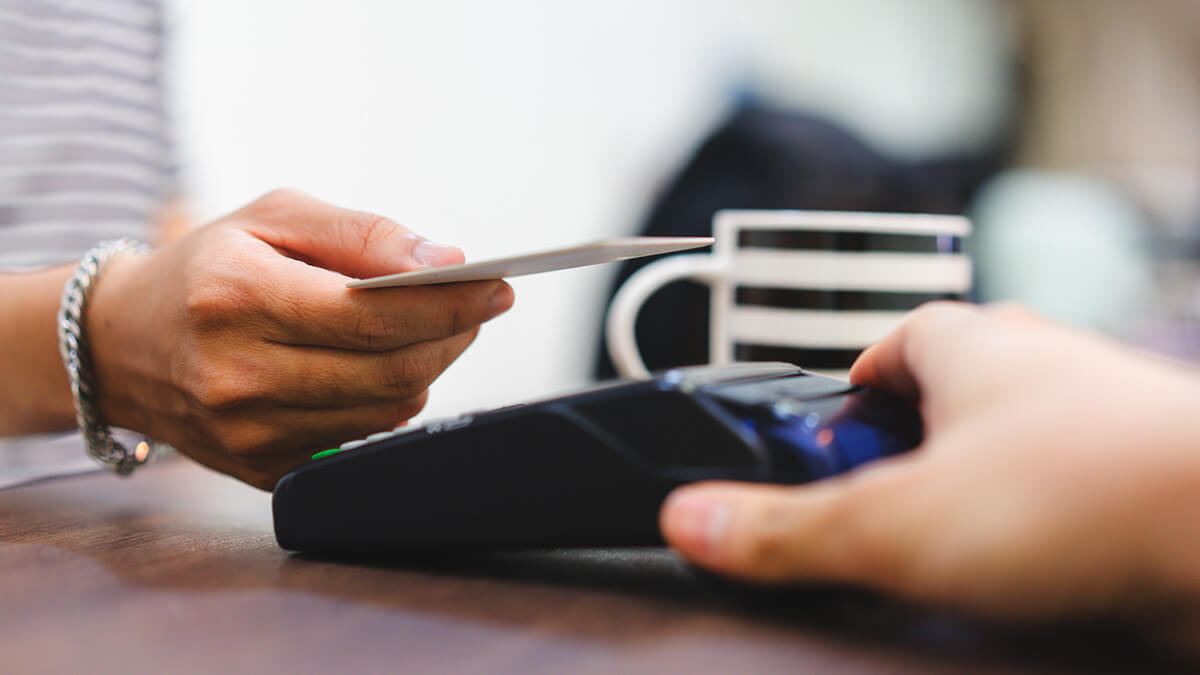Do you struggle to collect customer bill payments? If you do not charge your customers the total bill at the point of sale, you need a payment policy to guide your customers through the payment process.
A payment policy helps you get paid on time. Knowing when to expect payments helps you plan for business expenses and investments. A bill payment plan also helps build customer loyalty and simplify the buying process.
Parts of a payment policy
Customers want to know how to pay you for your goods or services. Your policy should include answers to customer bill payment questions:
When do you expect to receive payment?
- Include a specific payment date
- Detail charges and interest rates for late payments
What forms of payment do you accept?
- List the payment methods you accept
- You may also want to list payment methods you do not accept
Where can customers send the payment?
- Note the address you want the payment sent to
- Cover available online payment options
How can customers contact you?
- Add your phone number, email, and website
Due dates in your payment policy
Include a pay date in your payment policy. The amount of time that customers have to pay you after you provide a good or service depends on your business.
Some industries use similar customer bill payment plans. Customers expect certain payment policies when buying from these industries. The standard plans do not allow much flexibility.
For example, many manufacturing companies allow customers to pay after receiving an order. If you are a manufacturer, your customers mostly like have larger bills. It’s easier for your customer to have extra time between an invoice and the due date to pay you. A manufacturing business might struggle if customers must pay for orders up front.
In other industries, payment policies range across the board. One freelance web designer might charge much more than another. Factors such as experience, location, and skills allow the freelancers’ policies to vary widely.
No matter what your industry is, make sure your customers understand the payment policy. Clearly write out the payment plan and have customers sign off on it before starting work or making a sale.
Net days
Many businesses use net days to determine a payment date. Net days is a way of extending credit to customers. Net days is the number of days a customer has to pay you after receiving an invoice. A net 30 is a standard number of net days. A net 30 gives a customer up to 30 days to pay you after they receive the invoice. This method of extending credit to your customers can help you increase revenue by enlarging the market of qualified consumers for your product or service.
As a small business owner, consider using a shorter number of net days. For example, if you use a net 15, customers pay you within 15 days of receiving an invoice. The shorter the net days, the faster you get paid. Getting paid quickly is essential for maintaining your projected cash flow and growing your business.
Deposits
A deposit is an amount of money paid up front. A deposit in a customer bill payment plan is a good option for a business that books time and space for customers. Businesses such as banquet halls depend on a limited number of time slots that must be reserved. With a deposit, you still receive some payment, even if the sale is canceled.
Let’s say a photographer asks for a 50% deposit before taking wedding pictures. After the photos are finished, the photographer will collect the rest of the bill. If the wedding party canceled, the photographer is not completely out of payment.
Handling early and late customer bill payments in your policy
Include how you manage early and late payments in your customer bill payment plan. You can use incentives to encourage customers to pay you early. And, you can implement penalties for late payments to avoid slow collections.
Early payments
Use an early payment discount to encourage faster payments. An early payment discount is an incentive for customers to pay you before the due date. For example, you give your customer 30 days to pay you. But, if the customer pays you in 15 days, you will take 2% off their total bill.
Early payment discounts keep your customers satisfied and your revenue moving. Your customer benefits from early payment discounts by saving money. You receive more frequent payments, and can plow money back into your business faster.
Late payments
Late payments can slow down your cash flow. Invoice payment terms could include late charges. Before you send a bill with late charges, contact the customer. Find out why the customer did not pay you. Often, the customer simply forgot and will pay you promptly.
If the customer still does not pay, consider charging an extra late fee. Typically, a late charge is an additional 1.5% to 2% of the total bill.
Patriot’s online accounting software lets you record all your receivables in one, simple process. You can also invoice an unlimited number of customers. Try it today with our free setup and support.
This article is updated from its original publication date of April 28, 2016.
This is not intended as legal advice; for more information, please click here.


